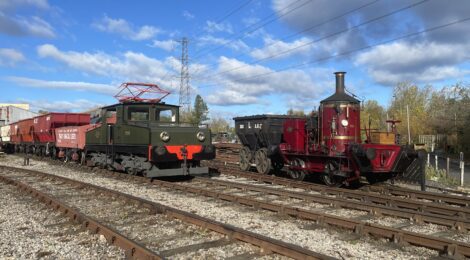
Coffee Pot No.1 heads to North Tyneside
Coffee Pot was a last minute addition to the Stephenson Steam Railway Railway 200 event over the weekend of the 25/26th October. This visit took it the furthest north that it has ever been and a chaldron waggon accompanied it in order that it could make demonstration runs in the yard, alongside the passenger and various goods/coal trains that were being operated along the railway.
Below: Coffee Pot raises steam adjacent to 1950-built Bagnall No.401 – two extremes of industrial locomotive technology, with the 1871-built locomotive being as basic as was practically available 154 years ago, whilst 401 represents the culmination of steam locomotive evolution in the form of a powerful and compact locomotive with lots of features to make it both robust and easy to maintain.
Below: It was very nice to see Harton Coal Company E4 taking part in the event (being part of the coal train, and not operating under its own power). I tried to align the pantograph with the adjacent high-voltage power cables in this photo! It was built in 1909 and supplied to the HCC as part of the electrification of the South Shields colliery and railway network. The electric railway operated into relatively recent times, finally closing in . E4 was preserved and arrived at Middle Engine Lane (base of the Stephenson Steam Railway, formally known as the North Tyneside Steam Railway) in 1982. In 2000 its restoration was completed, with battery rather than overhead traction supply, the batteries (now defunct) being located in the wagon seen immediately behind the locomotive here.
Below: Ashington No.5 was built by Peckett and Sons in 1939, for the Ashington Coal Company in Northumberland. It has recently returned to operation at Middle Engine Lane ans was operating on both passenger and coal trains during the weekend.
Below: A further contrast in technology between Coffee Pot No.1 and 1959-built British Railways Class 03 diesel shunter, 03 038.
Below: As Saturday drew to a close, the opportunity was offered to take Coffee Pot No.1 out on the mainline, with a run down to the terminus at Percy Main, two miles distant. The run is all downhill to the terminus, and fairly steeply graded on the return. The largest fire of the day was therefore made up, and the round trip made.
Below: It would be fair to say that No.1 was never designed for ‘endurance’ running, or any sustained running at all, being primarily offered as a replacement for horse power. With the 3:1 gearing, care has to be taken not to over-work the locomotive as the speed of the valve gear can be considerable, particularly when coasting, with no steam in the cylinders to cushion it. No.1 is seen here at Percy Main, ready to undertake the climb back to Middle Engine Lane. As a four-mile round trip, as far as I know, this is the longest sustained run the locomotive has ever undertaken – and it did so quite comfortably, and very noisily on the climb back. Another little footnote to add to its long history. We were also pondering when a chaldron waggon last operated over the tracks that form a corridor to the river in this historic railway area?
We had a very good time as guests of the Stephenson Steam Railway and the team there and I certainly hope that we’ll be engaging in some cooperation again in the future…
Below: As a final element to this post, we jump back to June 2005, twenty years ago, when I saw E4 in operation and was able to drive it during an evening visit to the railway to inspect it, with a view to considering what might be done for E2, which is preserved at Beamish. The batteries were still fresh at this point and the locomotive was operational. E2 was eventually painted, as there was no funding for a restoration, but it remains on the ‘one day’ list and consideration has been given to what battery technology might enable it to operate without an accompanying wagon if it was restored at Beamish. At some point we’d like to move it under cover, but at present there is nowhere to accommodate it within one of the transport buildings.
Below: E2 at Beamish in 2007 after cosmetic restoration. Since then, the hedgerow that was planted behind it has threatened to engulf it, and the paintwork is somewhat faded. I hope that funding can be attracted in due course to do something with the locomotive but in the meantime any opportunity to get it undercover will be taken.
Photos by Paul Jarman


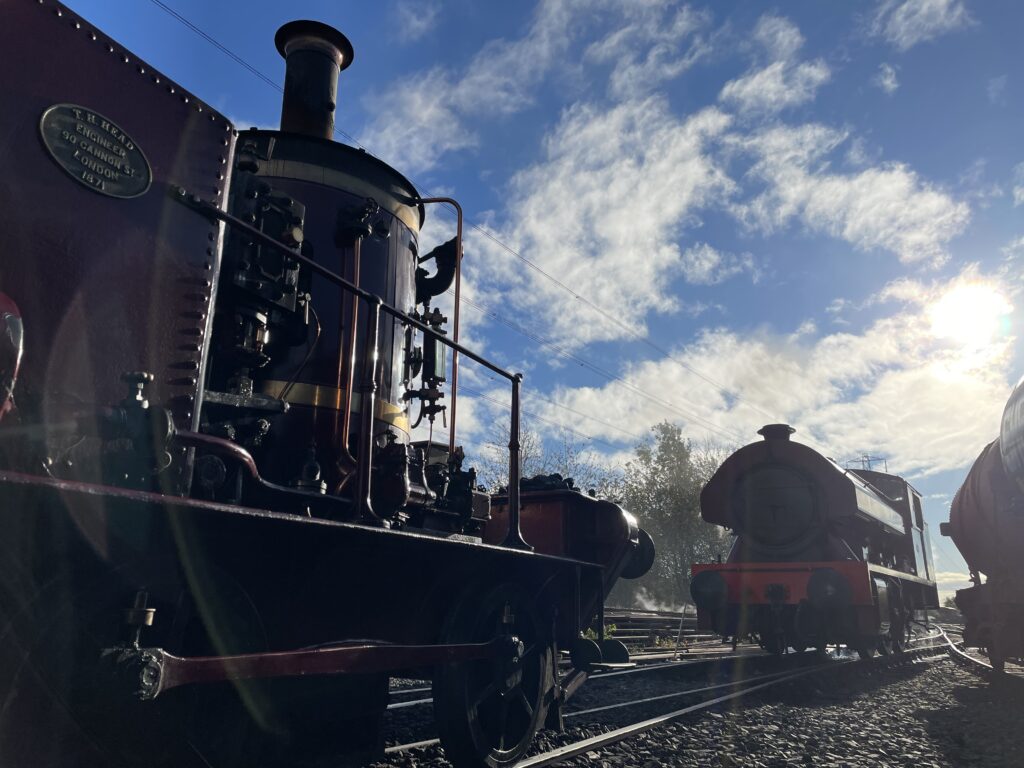
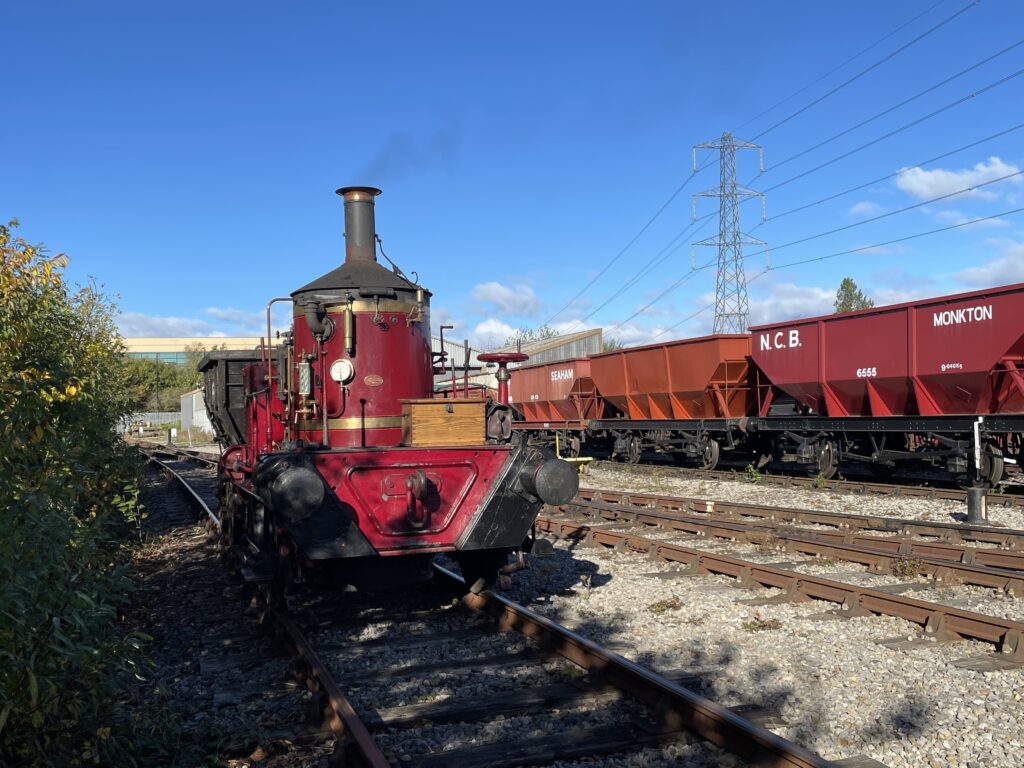
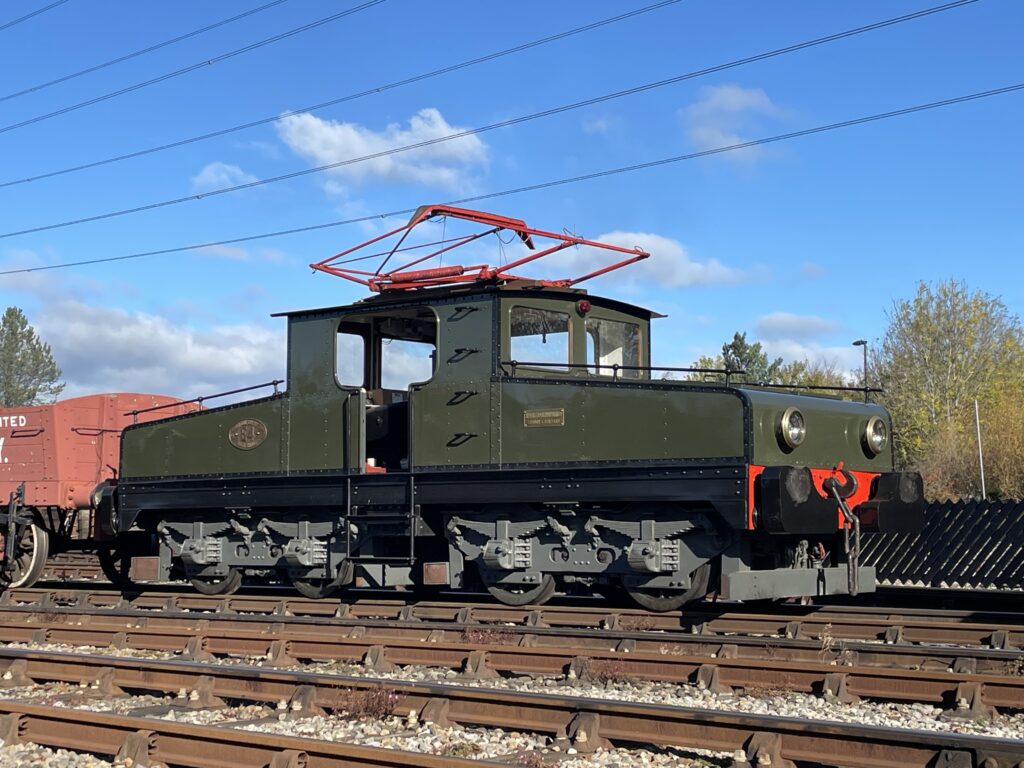

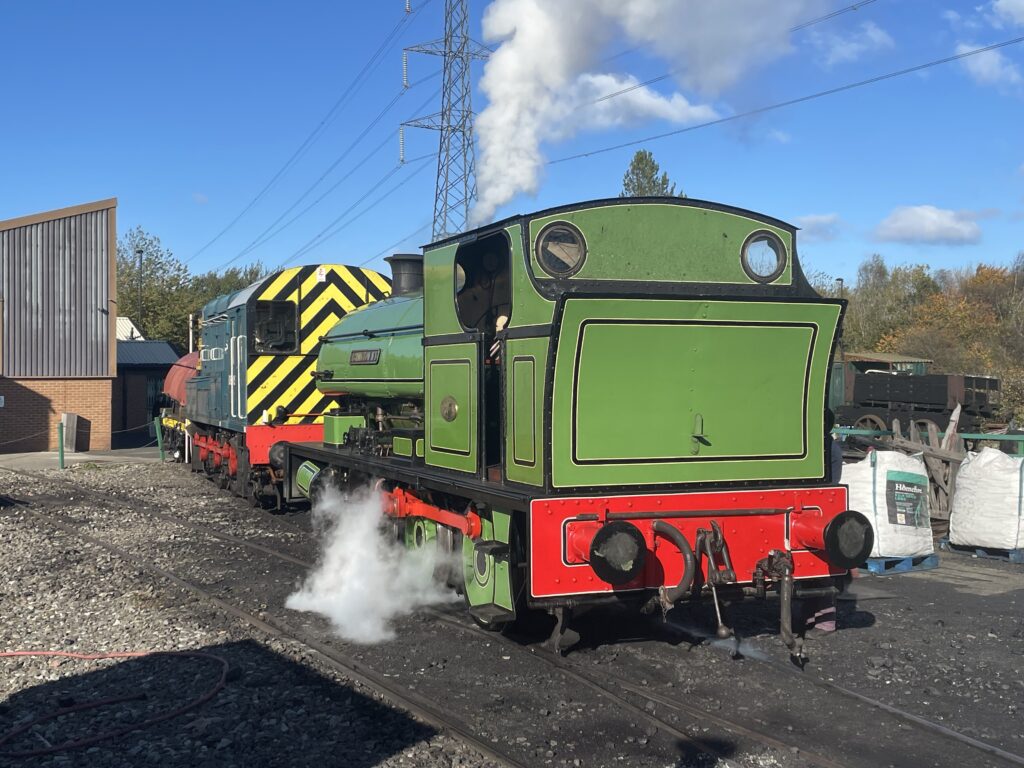
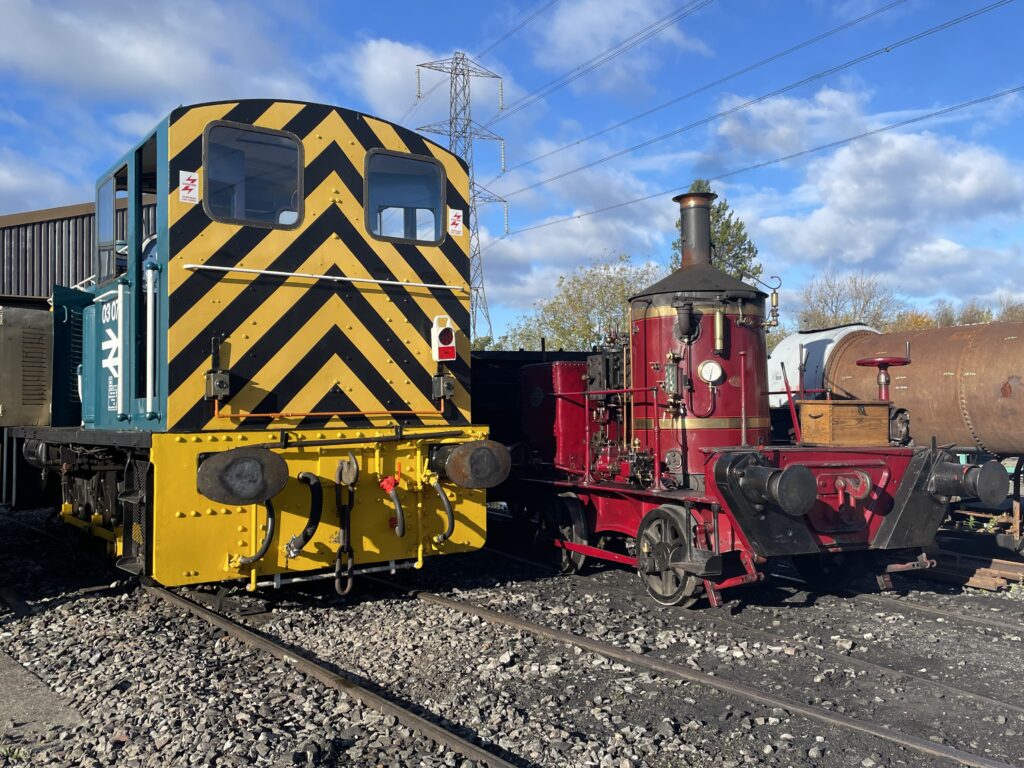
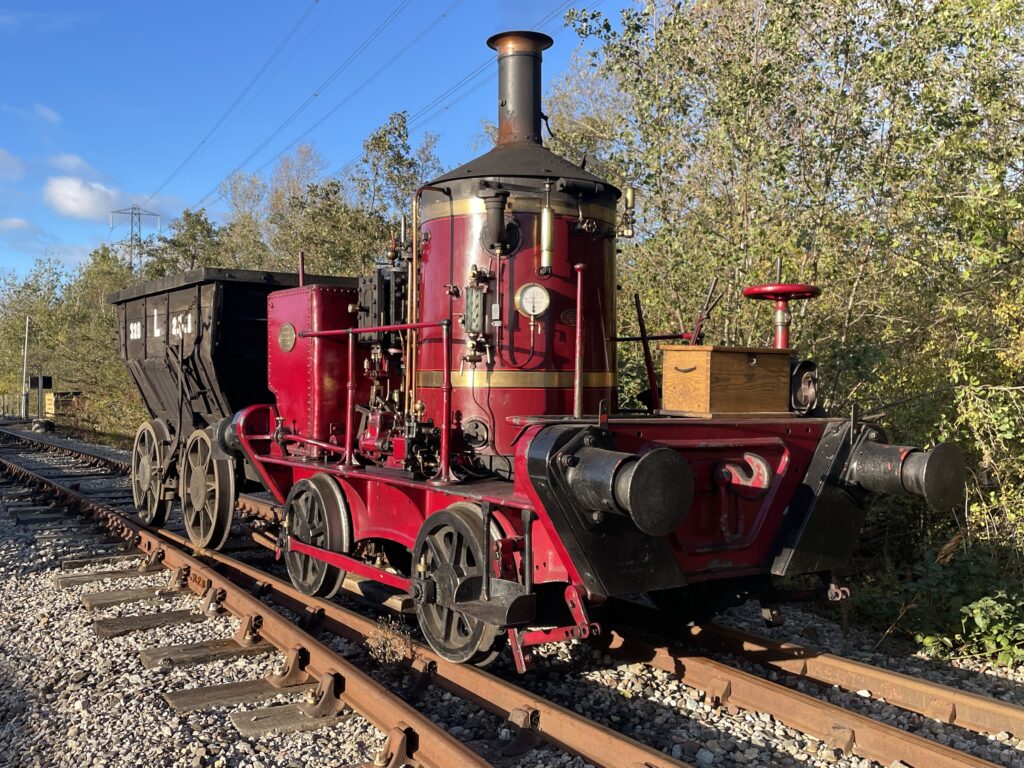

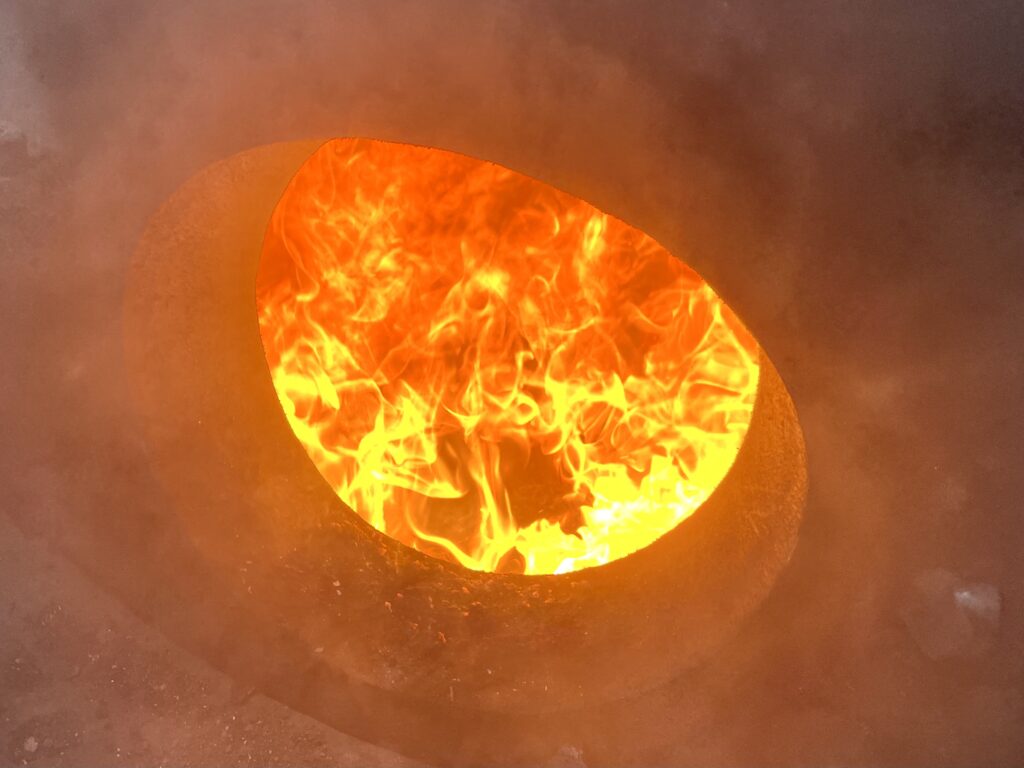
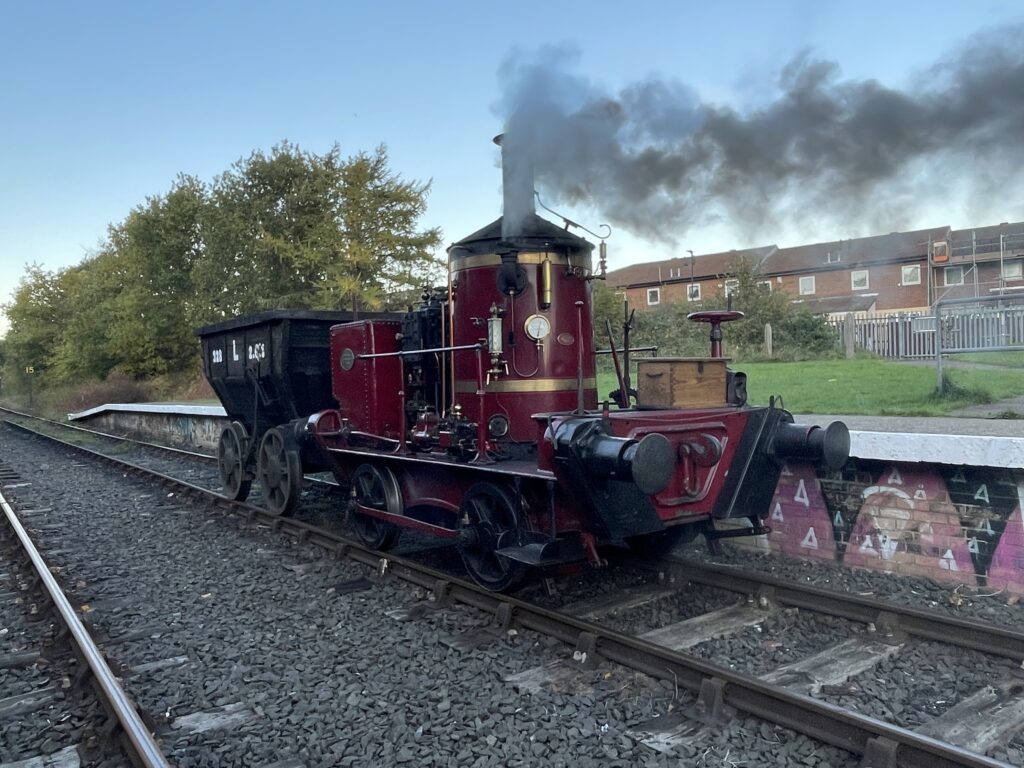
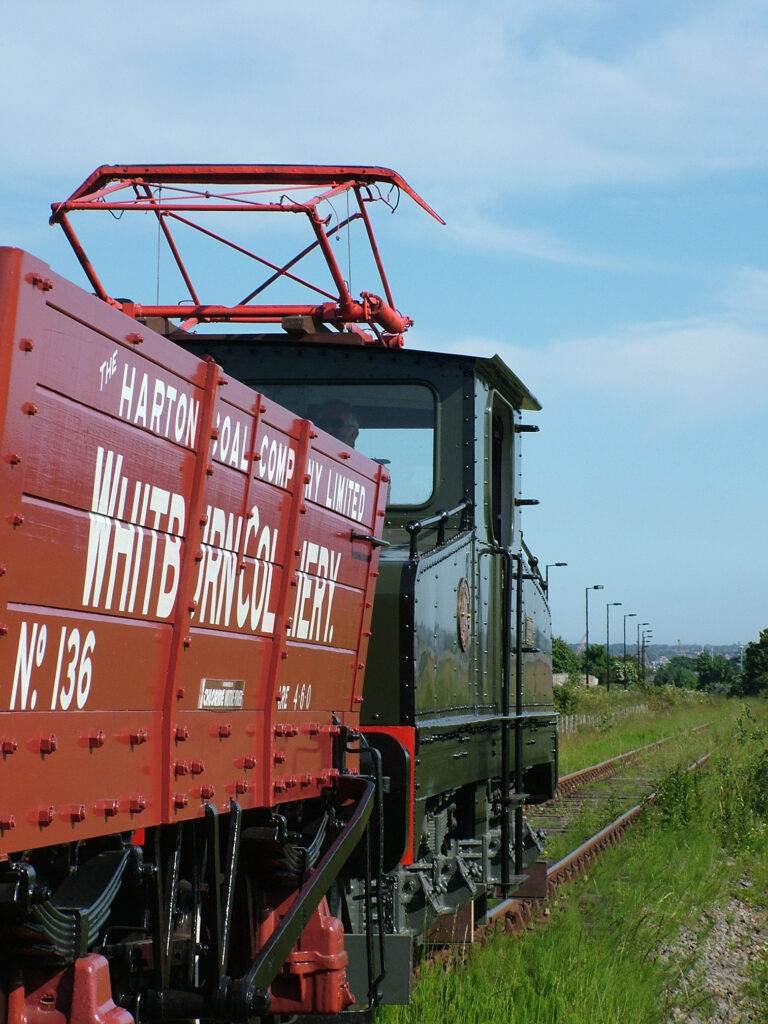
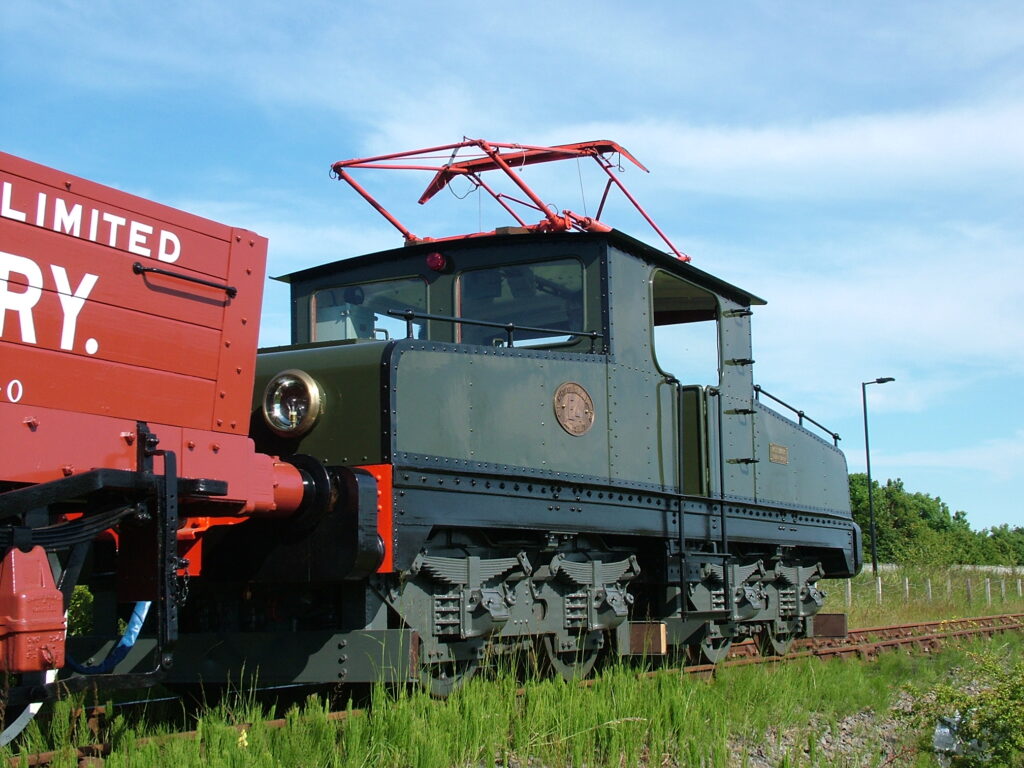
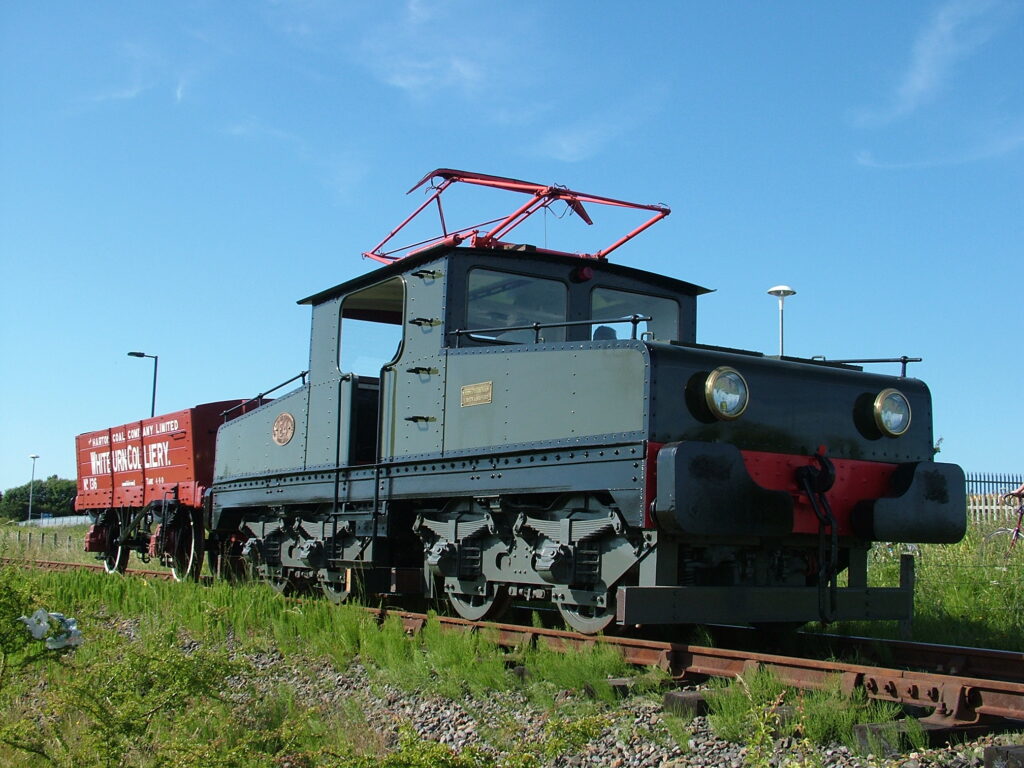
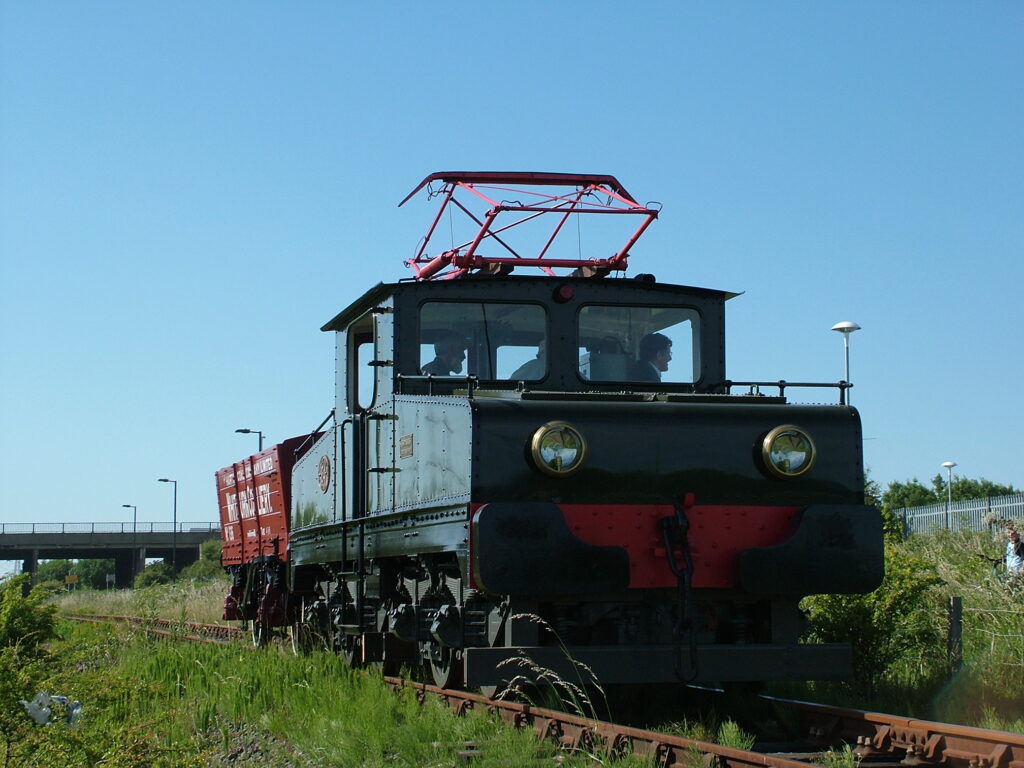






Hi Paul,
Can I make a suggestion please, if there is lack of space within the RMS for example, Could the RMS be extended to the rear (railway side only)? as looked on google maps and there is some space to the rear to do so, I appreciate its funding is the main thing, but its something to think about medium-long term
Like the post about Twizell and Malleable moving to the tanfield railway, I think it makes sense to do so, esp with funding, also with twizell being too long wheelbased etc
Also What improvements are planned for the colliery standard gauge please?
Quite interested in the gateshead 10 restoration 🙂
hope this helps
Many thanks
cheers Rob.
Hi Rob. Thank you for your observations. We’re probably fairly okay for undercover storage once we’ve moved things around a bit – it’s mainly buses and road vehicles that we need to address. The big one to achive is creating a decent engineering area in which a bus chassis, locomotive or other large object can be worked on – something that is planned but not yet funded.
Best wishes
Paul